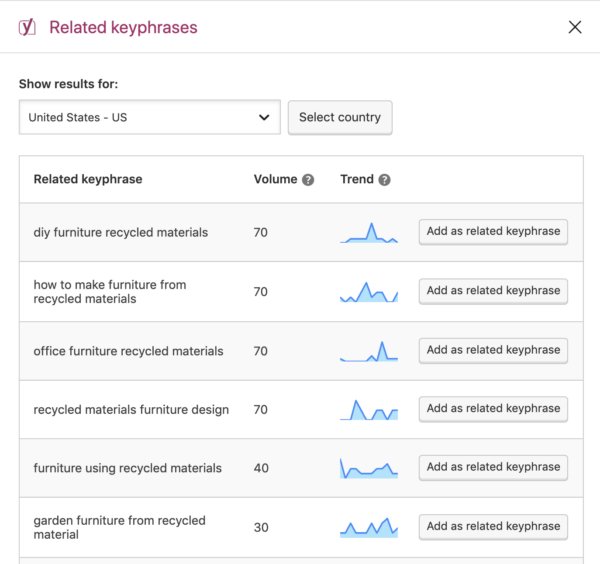
Long-tail keywords are longer and more specific phrases that people use when searching for information online. These keywords often have lower search volume than shorter, more generic keywords, but they can be very effective in driving targeted traffic to a website.
In SEO, long-tail keywords play a crucial role in helping search engines understand the content on a website and match it with the user’s search query. By incorporating relevant long-tail keywords into your website’s content, you can improve its chances of ranking well in search engine results and attract more targeted and qualified traffic.
For example, if you run a website selling outdoor gear, a long-tail keyword such as “waterproof hiking boots for women” would be more relevant and specific than a short-tail keyword such as “hiking boots.” By using long-tail keywords in your content, you can increase its relevance and improve its chances of ranking well for that specific keyword.
In summary, long-tail keywords play a crucial role in SEO by helping search engines understand the content on a website and match it with user search queries. By incorporating relevant long-tail keywords into your content, you can improve its chances of ranking well and attract more targeted and qualified traffic.
1- The benefits of using long-tail keywords in SEO

Image from yoast
There are several benefits to using long-tail keywords in SEO, including:
- Increased relevance: Long-tail keywords are often more relevant to the content on a website, as they are more specific and closely aligned with the topic at hand. By using long-tail keywords in your SEO strategy, you can increase the relevance of your content and improve its chances of ranking well in search engine results.
- Higher conversion rates: Long-tail keywords are often used by people who are further along in the buying process and have a specific product or service in mind. As a result, they are more likely to convert into customers, compared to people who use generic keywords and are just starting their research. By targeting long-tail keywords, you can increase the chances of converting visitors into customers.
- Lower competition: Because long-tail keywords have lower search volume, they are often less competitive than shorter, more generic keywords. This means that it can be easier to rank well for long-tail keywords, and you can often achieve good results with less effort and resources.
- Increased user engagement: By using long-tail keywords in your content, you can create more engaging and informative content that provides value to your users. This can increase user engagement, leading to longer visit durations, more pageviews, and higher levels of user satisfaction.
2- How to find and use long-tail keywords in your SEO strategy
To find and use long-tail keywords in your SEO strategy, follow these steps:
- Research long-tail keywords: The first step is to research long-tail keywords that are relevant to your website and its content. There are many tools and resources available to help you find long-tail keywords, such as keyword research tools, Google’s autocomplete function, and forums and discussion groups in your industry.
- Incorporate long-tail keywords into your content: Once you have identified a list of long-tail keywords, the next step is to incorporate them into your content. This can include your website’s meta tags, page titles, and body content. Make sure to use the keywords naturally and in a way that enhances the user experience, rather than stuffing them into your content in an unnatural way.
- Measure the success of your long-tail keyword strategy: The final step is to measure the success of your long-tail keyword strategy. Use analytics tools to track your website’s search engine rankings and traffic, and monitor how well your long-tail keywords are performing. Use this data to refine and optimize your strategy, and continue to test and experiment to find the best keywords for your website.
In summary, long-tail keywords can be a valuable addition to your SEO strategy, but they should be used as part of a comprehensive approach that prioritizes quality and relevance. By conducting ongoing research, testing, and optimization, you can maximize the benefits of long-tail keywords and improve the performance of your website in search engine results.
Here are some recommendations for using long-tail keywords in your SEO strategy:
- Make long-tail keywords a part of your overall SEO strategy: Don’t rely solely on long-tail keywords, but rather incorporate them into a comprehensive SEO strategy that includes other tactics and techniques, such as on-page optimization, link building, and content marketing.
- Continuously research and test long-tail keywords: The world of SEO is constantly changing, and what works today may not work tomorrow. Therefore, it’s important to continuously research and test long-tail keywords to ensure that you are using the most effective keywords for your website.
- Don’t sacrifice quality for keywords: When using long-tail keywords, it’s important to prioritize the quality of your content over the use of keywords. Don’t stuff your content with keywords in an unnatural way, as this can have a negative impact on your search engine rankings and the user experience.
- Consider the user’s perspective: When choosing and using long-tail keywords, consider the perspective of the user. What are they looking for, and how can your content provide value and answer their questions? By putting yourself in the user’s shoes, you can choose and use long-tail keywords that are more relevant and effective.



